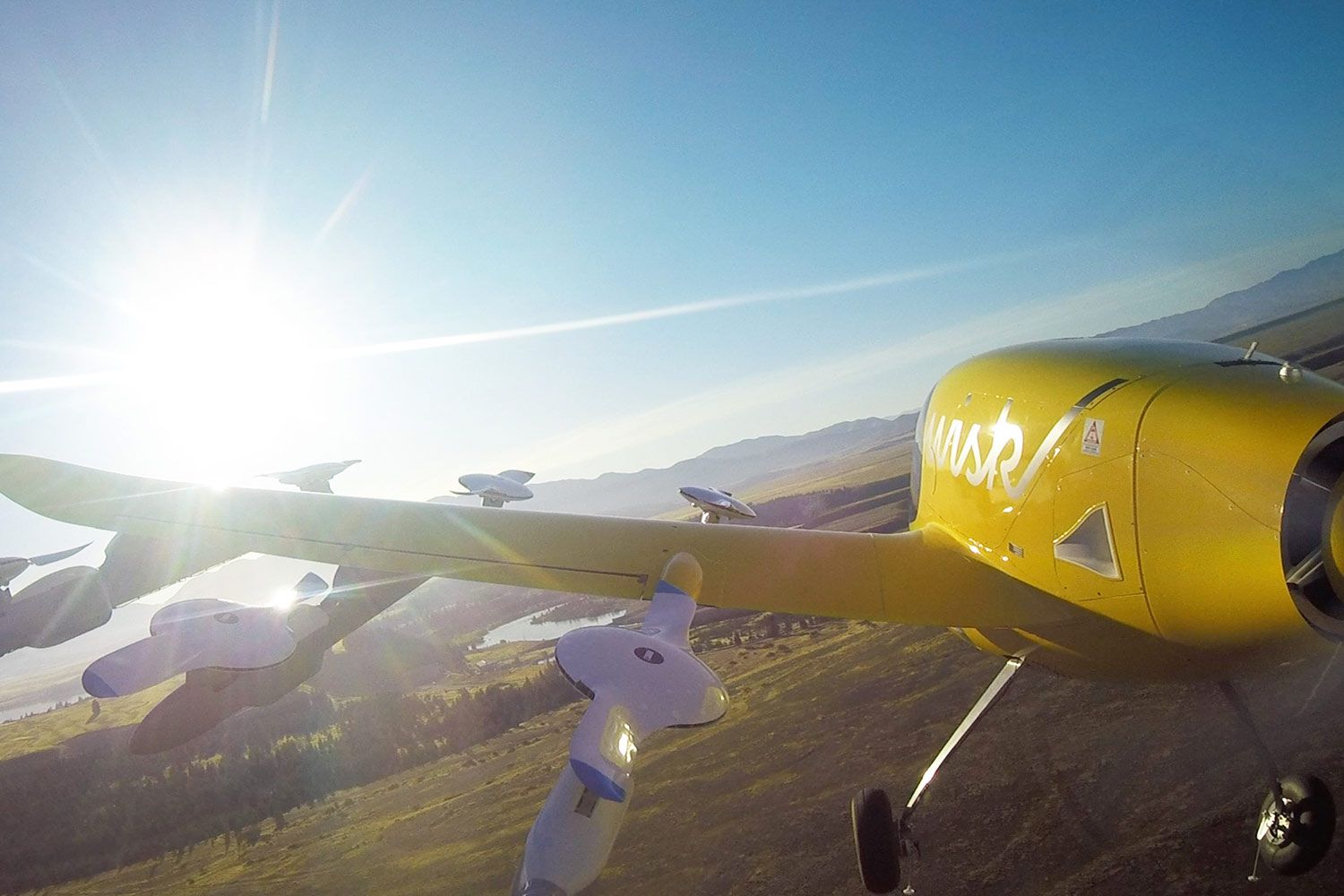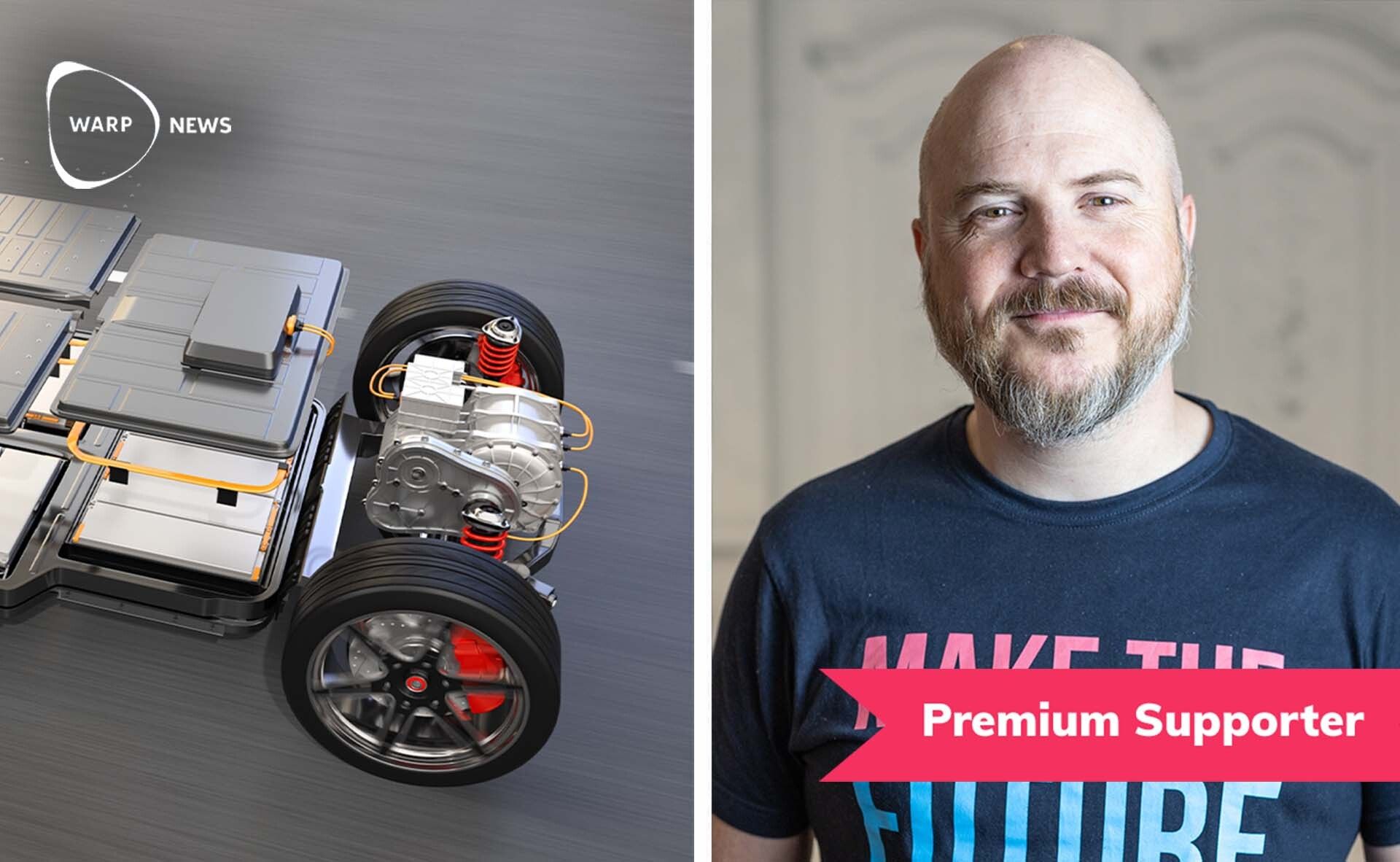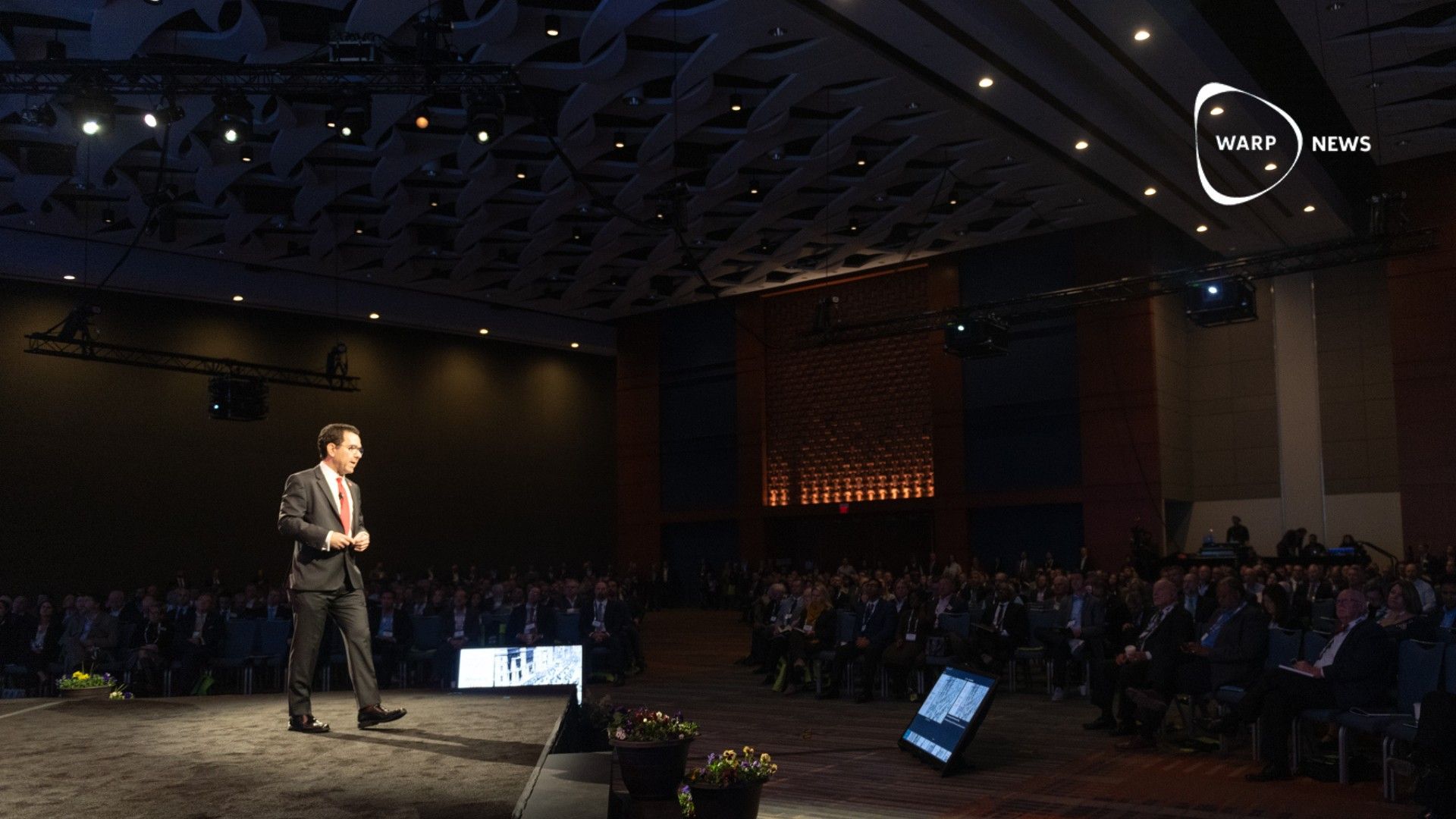
✈ Quieter electric flights when using fans instead of propellers
By replacing the propeller with a fan, it is possible to reduce the noise from the aircraft and provide quieter flights.
Share this story!
Electric aircraft development is moving along fast, but some issues need solving. One of these problems is noise. A propeller usually powers electric aircraft, and propellers make some noise. Researchers from KTH Royal Institute of Technology and GKN Aerospace are about to develop a more quiet alternative.
"We are developing an electric fan, which is advantageous from several perspectives. Above all, there is less noise - most people who have ridden a propeller plane know what that experience is like", says Nenad Glodic, one of the researchers behind the new fan, in a press release.
To begin with, the fan is intended for regional aircraft with approximately 19 passenger seats. But if it turns out well, we may be able to see the fan in other electrical planes as well.
The fan also has other advantages compared with the propeller. For example, it will be easier to place the engine in different places on the fuselage than under the wing. Another advantage is that a fan covered by a casing is safer in the event of an engine failure, according to the researchers.
Exactly how long it will be before the fan is in place in an electrical plane is unclear, but the researchers are now trying to decide what material is best to manufacture the fan. Once that is achieved, the fan will not only be helpful for battery-powered electrical planes, also other types of fossil-free aviation can make use of the fan in the future.
"In our case, the electric fan will work regardless of whether the electricity comes from batteries or hydrogen-powered fuel cells," says Nenad Glodic.

By becoming a premium supporter, you help in the creation and sharing of fact-based optimistic news all over the world.



